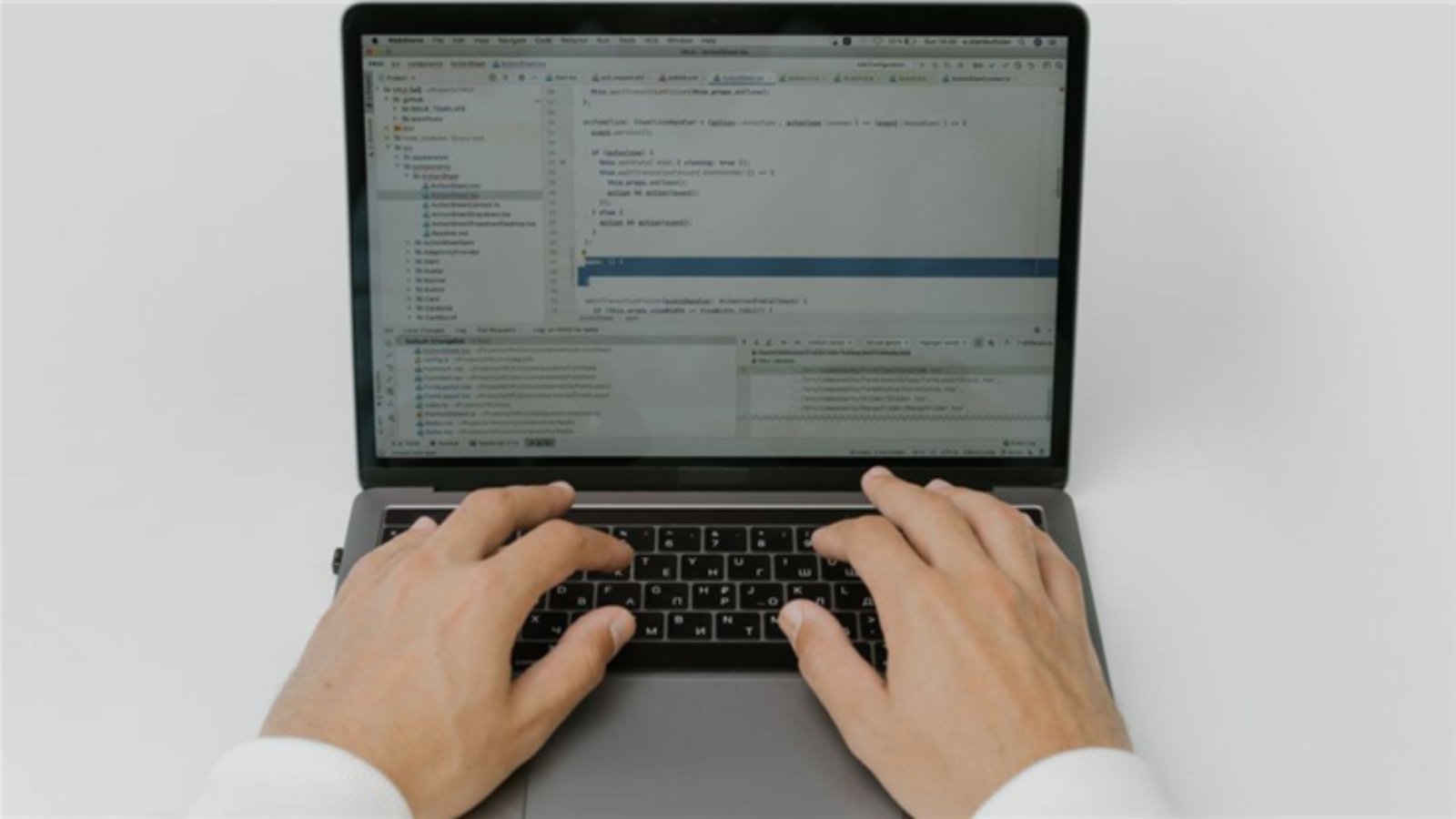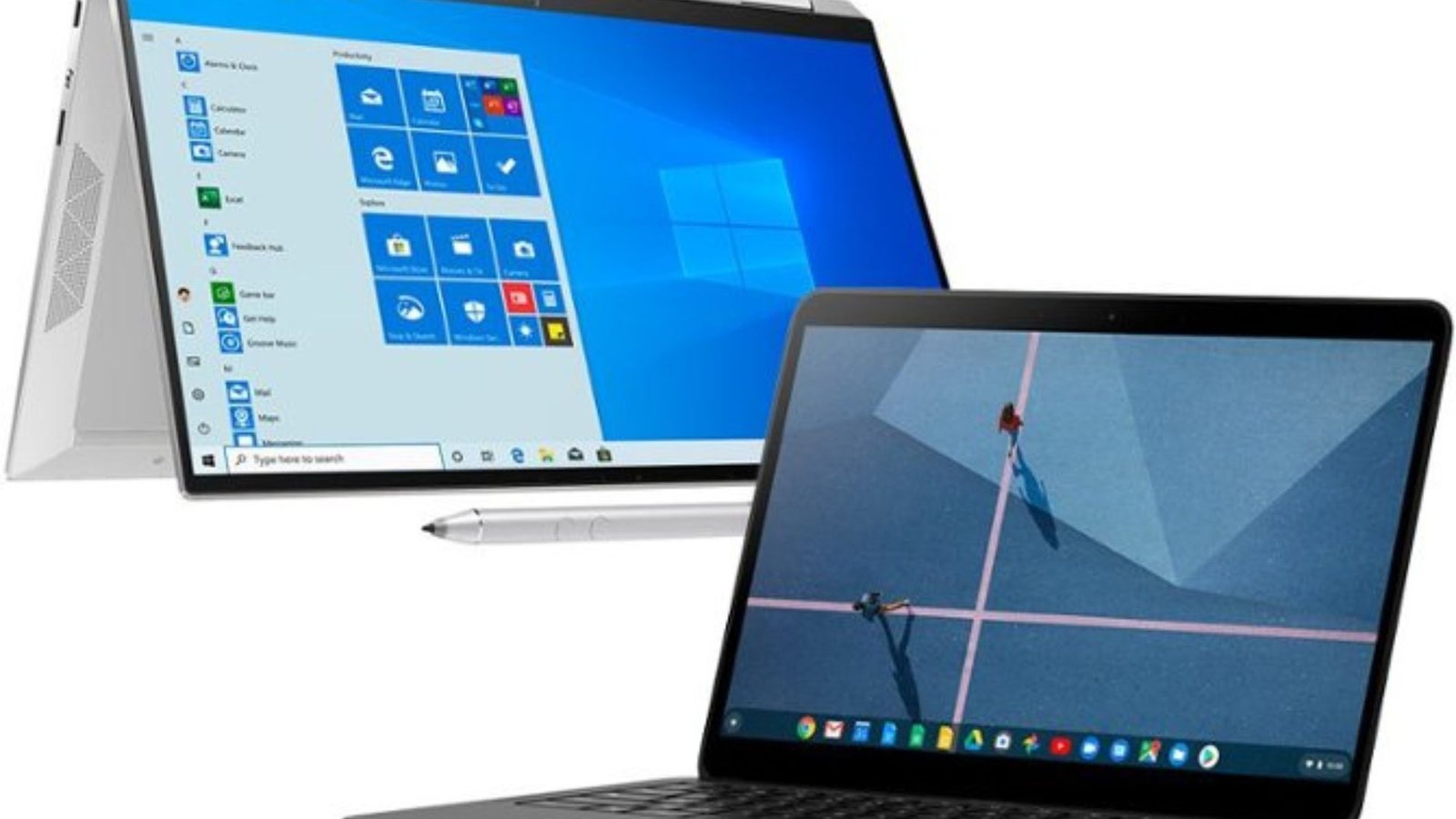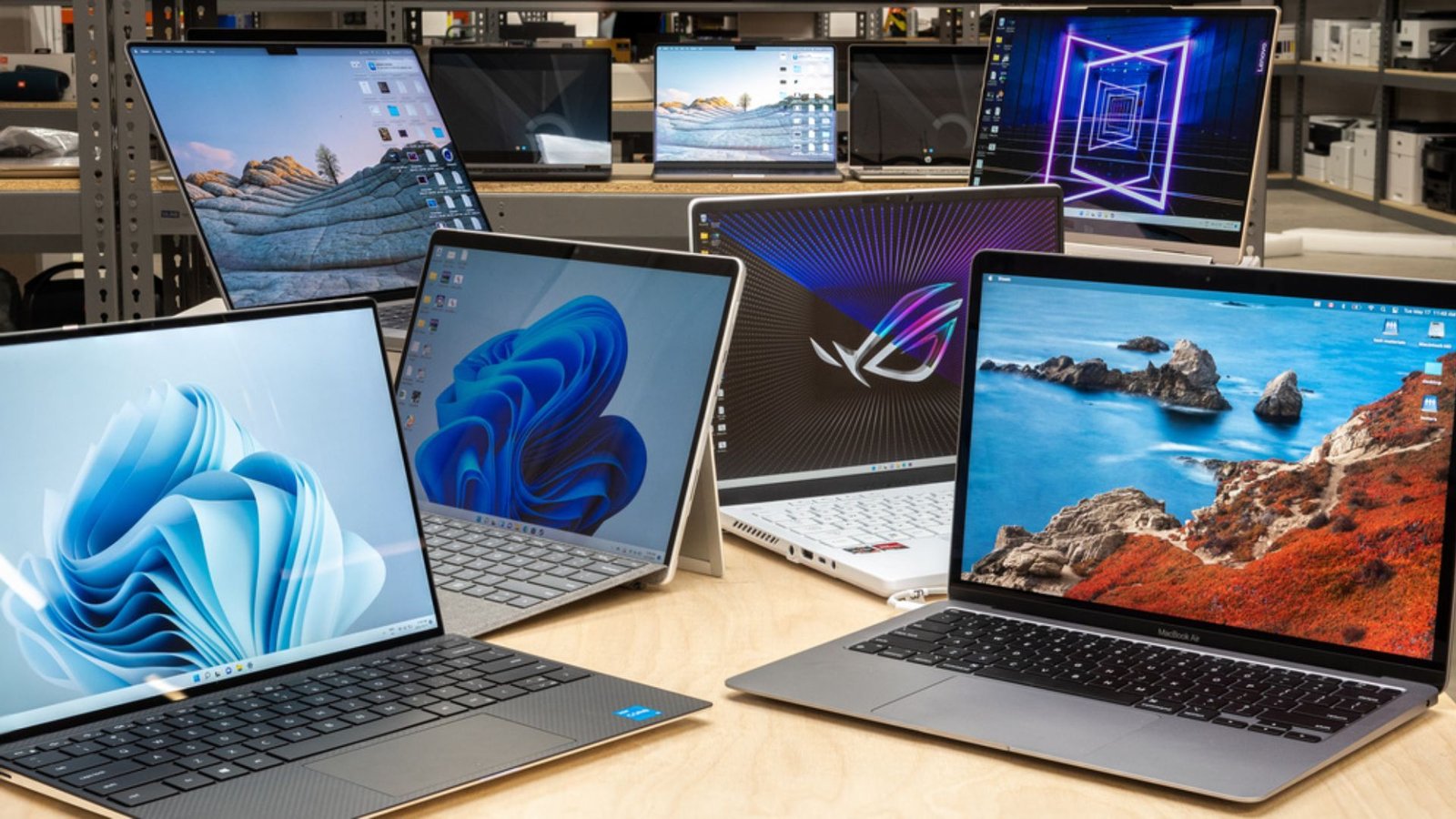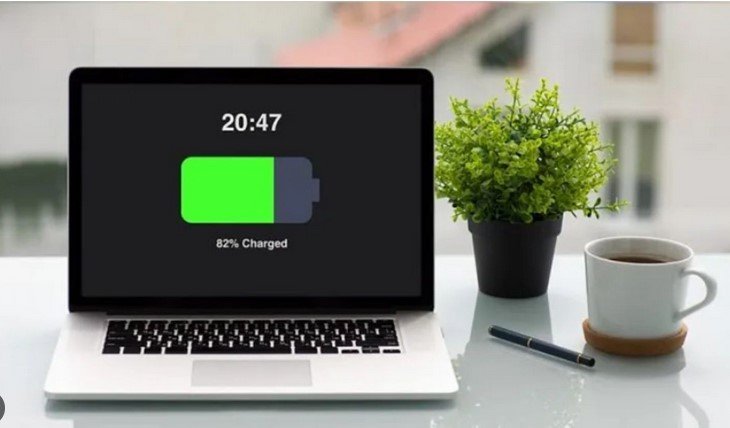When it comes to practices for laptop security, safeguarding your device is crucial to protect your personal information and ensure your laptop remains functional. Whether you’re working from home, traveling, or simply using your laptop for everyday tasks, following these best practices will help keep your data safe from threats.
1. Use Strong Passwords
One of the most fundamental practices for laptop security is using strong, unique passwords. Avoid using easily guessable passwords like “123456” or “password.” Instead, create complex passwords that include a mix of letters, numbers, and symbols. This will help protect your laptop from unauthorized access and make it harder for hackers to compromise your system.
Using strong passwords is a simple yet effective way to enhance your laptop’s security and protect your sensitive information.
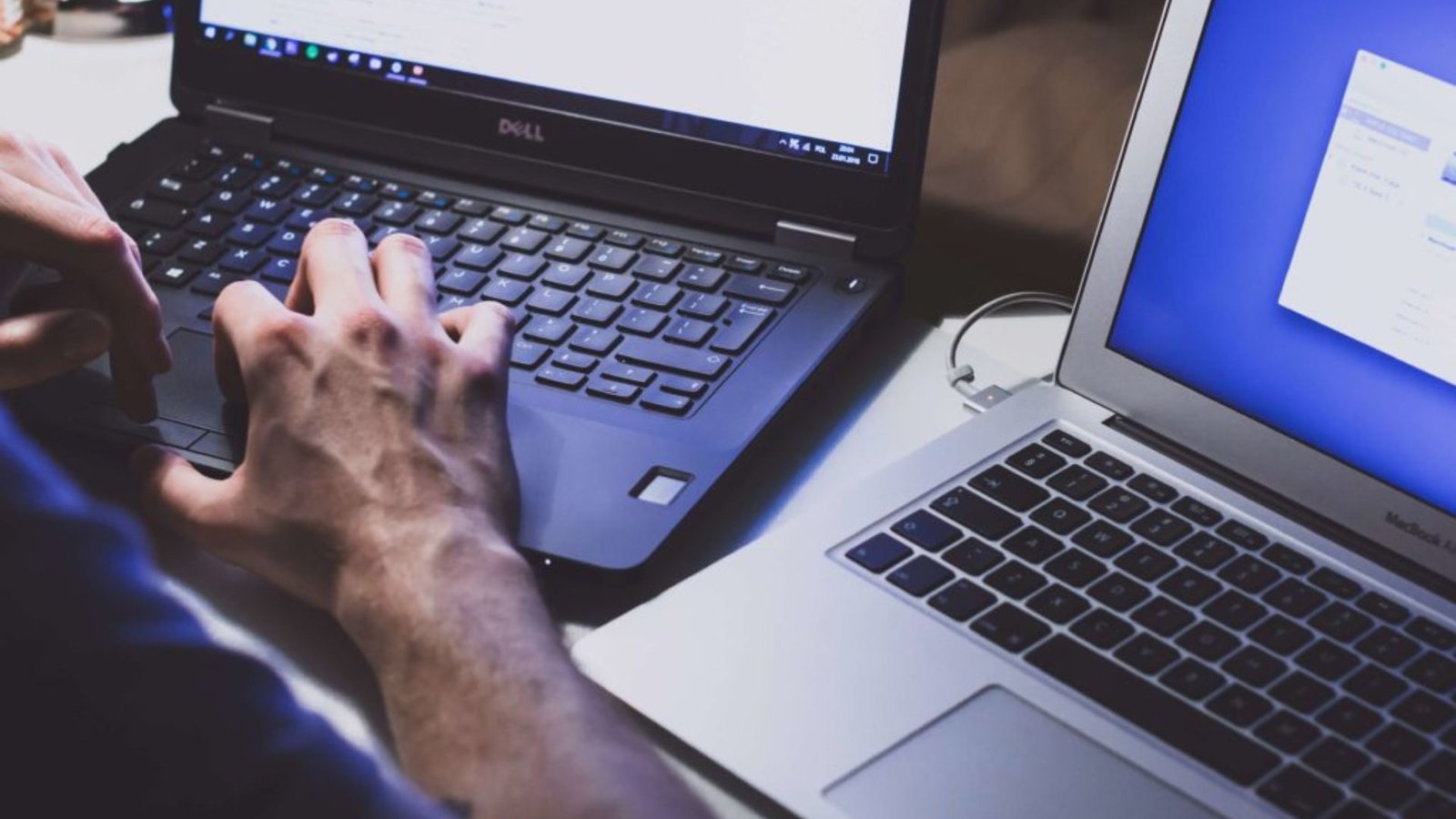
2. Enable Two-Factor Authentication
Two-factor authentication (2FA) adds an extra layer of security to your accounts. By requiring a second form of verification—such as a code sent to your phone or an authentication app—you can significantly reduce the risk of unauthorized access. Enabling 2FA on your laptop and online accounts is a key step in practices for laptop security.
Implementing 2FA makes it much harder for attackers to gain access to your accounts, even if they have your password.
3. Install and Update Antivirus Software
Keeping your laptop secure requires robust antivirus software. This software protects your laptop from malware, viruses, and other security threats. Make sure to install a reputable antivirus program and keep it updated regularly. New threats emerge constantly, so having the latest updates ensures your laptop remains protected.
Regular updates and scans from antivirus software are essential practices for laptop security to safeguard your data and system.
4. Keep Your Operating System Updated
Updates to your operating system often include important security patches that address vulnerabilities. Regularly check for and install updates to keep your laptop secure. This practice helps protect against the latest threats and ensures that your system remains resilient against attacks.
Staying current with OS updates is one of the best practices for laptop security to defend against potential exploits.
5. Use a Firewall
A firewall acts as a barrier between your laptop and potential threats from the internet. Most operating systems come with a built-in firewall, but you can also use third-party firewall software for added protection. Ensure that your firewall is enabled and properly configured to block unauthorized access.
Utilizing a firewall is a critical step in practices for laptop security, helping to prevent malicious activities from reaching your system.
6. Be Cautious with Public Wi-Fi
Public Wi-Fi networks are often less secure and can be a target for hackers. Avoid accessing sensitive information or conducting financial transactions over public Wi-Fi. If you must use public Wi-Fi, consider using a virtual private network (VPN) to encrypt your internet connection and protect your data.
Being cautious with public Wi-Fi is crucial in practices for laptop security to avoid exposing your information to potential threats.
7. Encrypt Your Data
Encrypting your laptop’s data adds an extra layer of protection by making your files unreadable without the proper decryption key. Most modern operating systems offer built-in encryption tools. Activating full-disk encryption ensures that your data remains secure, even if your laptop is lost or stolen.
Data encryption is an effective practice in practices for laptop security, providing peace of mind that your information is safeguarded.
8. Back Up Your Data Regularly
Regular backups are essential for protecting your data in case of hardware failure or security breaches. Use an external hard drive or a cloud backup service to keep copies of your important files. This way, you can restore your data if something goes wrong.
Backing up your data is a fundamental part of practices for laptop security, ensuring that you don’t lose important information in an emergency.
9. Lock Your Laptop When Not in Use
When you step away from your laptop, make sure to lock it to prevent unauthorized access. Most operating systems allow you to set up a screen lock with a password or biometric login. This simple action helps secure your laptop and protect your information from prying eyes.
Locking your laptop when it’s unattended is a basic but effective practice in practices for laptop security.
10. Be Wary of Phishing Scams
Phishing scams can trick you into revealing personal information by pretending to be legitimate sources. Be cautious with unsolicited emails, messages, or websites that ask for sensitive information. Always verify the authenticity of requests before providing any details.
Avoiding phishing scams is an important aspect of practices for laptop security, helping to prevent identity theft and other malicious activities.
Conclusion
Implementing these practices for laptop security is crucial for maintaining the safety and integrity of your device and data. From using strong passwords to being cautious with public Wi-Fi, each step plays a role in protecting your laptop from potential threats. By following these guidelines, you can ensure your laptop remains secure and your information stays safe.






